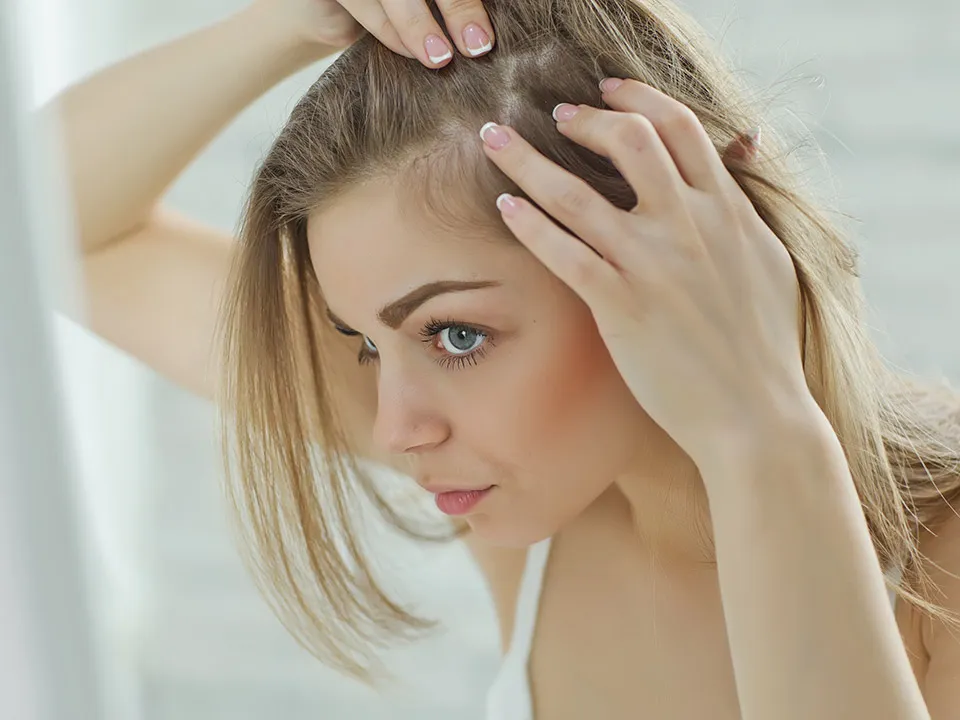Undergoing a hair transplant is an exciting step towards restoring your hair and regaining your confidence. After the procedure, it’s essential to take proper care of your scalp and newly transplanted hair to promote healing and achieve optimal results. In this article, let’s take a look at the basics of the treatment and six post-procedural care tips to guide you through the recovery process. Not only will this help you understand hair transplants better, but also maximise the success of your newly transplanted tresses.
KNOWING MORE ABOUT HAIR TRANSPLANTS
Hair transplant treatments have gained immense popularity in recent years, offering individuals a chance to restore their hair and regain their confidence. From an aesthetic perspective, hair transplant treatments can have a transformative effect, with many now searching online for ‘hair loss clinic near me‘ to enhance the overall appearance and improve their self-esteem. Let’s delve into the key aspects of hair transplant treatments and their aesthetic benefits.
First and foremost, this treatment provides a long-lasting solution to hair loss. Whether it’s male pattern baldness, receding hairline, or thinning hair, these procedures offer a natural and permanent way to restore hair growth. The transplanted hair blends seamlessly with existing hair, creating a fuller and more youthful look. This improvement in hair density can make a significant difference in one’s overall appearance, boosting self-confidence and allowing individuals to style their hair with greater flexibility.
Additionally, hair transplant treatments offer a more aesthetically pleasing alternative to traditional hair loss remedies. Unlike wigs, hairpieces, or topical solutions, hair transplant procedures provide a permanent and undetectable solution. The transplanted hair grows naturally and can be treated and styled just like the rest of the hair. This eliminates the worry of artificial-looking hair or concerns about the treatment being easily noticeable.
A well-executed hair transplant procedure takes into consideration the natural hairline and the individual’s facial features, creating a harmonious and balanced appearance. By restoring a natural hairline and adding density to thinning areas, the procedure can frame the face and bring out its best features. This aesthetic improvement can make individuals feel more attractive and confident in their overall appearance.
HOW TO CARE FOR NEWLY TRANSPLANTED HAIR
- Follow the instructions provided by your hair transplant specialist: Your hair transplant specialist will provide you with detailed instructions tailored to your specific needs. It’s crucial to follow these instructions meticulously to ensure proper healing and avoid any complications. This may include guidelines on washing your hair, applying medications, and protecting the grafts during sleep. When in doubt, read about the procedure and other effects involved.
- Take prescribed medications as directed: Your hair transplant specialist may prescribe medications to facilitate healing and minimize the risk of infection. These may include antibiotics and anti-inflammatory drugs. It is important to take these medications as directed, completing the full course to achieve the best results.
- Schedule and attend follow-up appointments: After your hair transplant procedures, your doctors will give you a follow-up schedule. You must adhere to it to get the best possible results. Experts at BlueMagic Group Hair Transplant Clinic emphasize that these appointments allow the medical team to assess your recovery and modify your hair care routine. Moreover, you can clear any concerns or doubts you may have. Follow-up appointments are vital in detecting infections early on, ensuring optimal healing. So, stay committed to these appointments to increase your chances of having fabulous outcomes.
- Protect your scalp from direct sunlight and harsh environments: Exposing your scalp to direct sunlight, extreme temperatures, and harsh environments can hinder the healing process and potentially damage the newly transplanted hair. Wear a hat or use sunscreen specifically designed for the scalp to shield it from harmful UV rays. Additionally, avoid exposing your scalp to excessive heat, such as from hair dryers or hot styling tools, during the initial recovery period.
- Avoid strenuous activities and excessive sweating: Engaging in strenuous activities and excessive sweating can disrupt the healing process and potentially dislodge the grafts. It is advisable to avoid intense exercise, heavy lifting, and activities that cause profuse sweating for at least a few weeks following your hair transplant. Listen to your body and gradually resume your regular exercise routine as advised by your hair transplant specialist.
- Maintain a healthy lifestyle: A healthy lifestyle contributes to overall well-being and can positively impact the success of your hair transplant. Follow a balanced diet rich in vitamins, minerals, and proteins to provide essential nutrients for hair growth. Stay hydrated by drinking an adequate amount of water each day. Additionally, avoid smoking and excessive alcohol consumption, as these habits can negatively affect hair growth and overall health.
FINAL WORD
Caring for your hair transplant post-procedure is vital for achieving successful results. By following these post-procedural care tips, you can promote healing, protect your investment, and enjoy the benefits of a restored and natural-looking head of hair.
Remember, every individual’s healing process may vary, so it’s essential to consult your hair transplant specialist for personalized advice and recommendations. By committing to proper post-procedural care, you can maximize the success of your hair transplant and enhance your overall satisfaction with the results.
